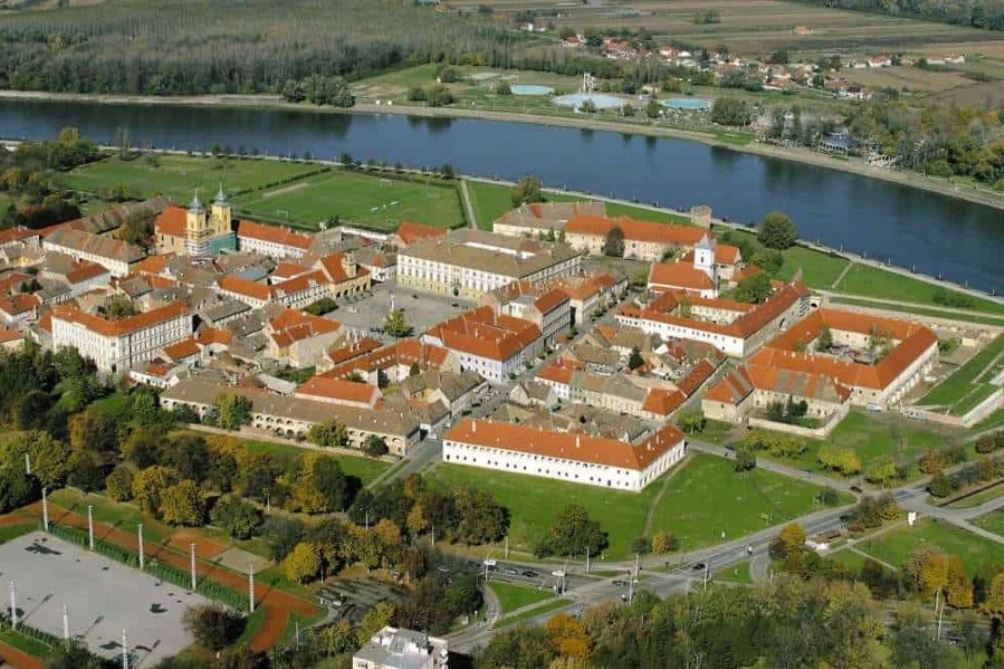July 21, 2022 - Twenty years a foreigner in Croatia. Part 11 of 20 Ways Croatia Changed Me in 20 Years - Croatia's most undiscovered destination with the very warmest welcome. Slavonia.
"Excellent service, thank you. Where are you from in Croatia?"
"Slavonia, Sir, a beautiful region in the east, far from the sea."
My first introduction to the region of Slavonia, once the breadbasket of south-east Europe, was through one of its finest exports - its reliable and hard-working workforce. Over the years in my time in Dalmatia and the rest of the coast and islands, I encountered a lot of very poor service, as well as a lot of excellence. And the very best staff consistently seemed to come from Slavonia. Or at least they used to - now they can be found raising the standards of service in businesses in Ireland, Germany and Sweden, where the opportunities are bigger, as are the pay packets.
(Tvrdja, the magnificent - and very vibrant - old town in Osijek)
It was more than a decade after I moved to Croatia that I made my first trip to Osijek, back in 2014. By then, I had a picture in my head based on the stereotypes of my time in Dalmatia. Almost none of my Dalmatian friends had been to Slavonia, and my knowledge of it was reduced to (usually) beautiful, hard-working people who complained a lot less than Dalmatians, coming from a land famous for devastation in war, emigration, rakija and one of the finest foods on the planet - a spicy sausage called kulen.
If locals talked about Slavonia at all, it was with pity, in much the same way that they might about a friend with a handicap. The war was terrible there; there are no jobs, everyone is leaving. But they would fondly remember the excellent kulen, of course (which incidentally was on my list on my travels in the culture of moving vegetables - an earlier post in this series).
By the time of my first visit to Osijek in 2014, I was beyond curious. Slavonia seemed to be a black hole in the minds of people elsewhere in Croatia (it actually is). Few people knew much about it, even less had been, and yet there was a steady stream of outstanding humans that emerged from the region each summer to serve tourists the length of the coast. In fact, just understanding exactly where Slavonia was and how much of Croatia is included in the region causes the utmost confusion. Try it, by asking a Croatian not from the region. To be fair, it is a little complicated, as Senka explored in her excellent TCN article a few years ago - Slavonia or Not Slavonia: How to Call Eastern Croatia? (Author's note - I am mostly using Slavonia in this article to refer to eastern Croatia for ease of reading and comprehension)
What was this place like?
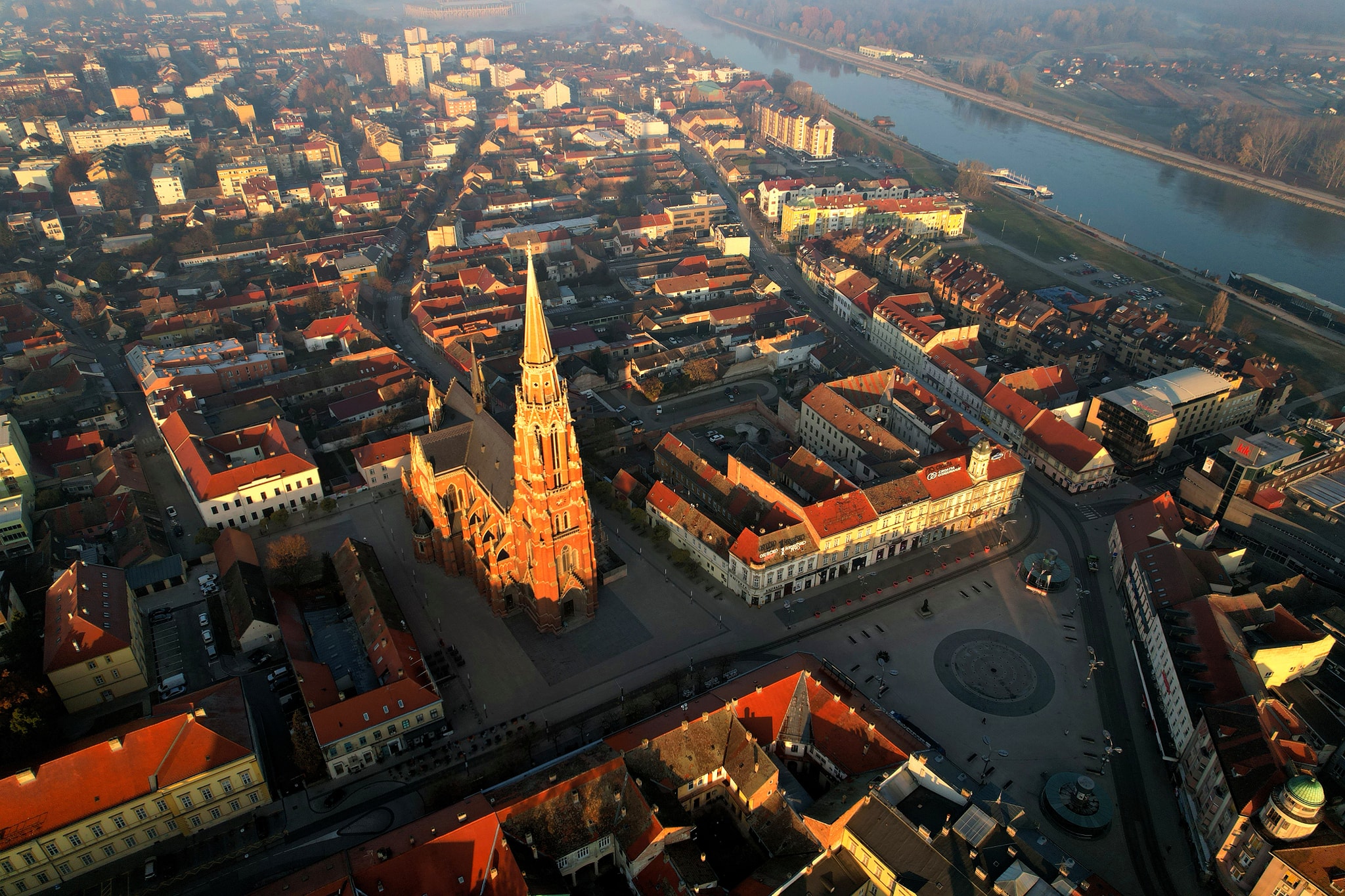
It was one of the biggest surprises of my time in Croatia. This black hole of depression in the minds of many locals was actually one of the most vibrant places in the country, with a VERY lively scene, superb nature, stunning architecture, fabulous food and wine at a fraction of prices on the coast, and probably my favourite part of my initial Slavonian experiences - the people. Such warmhearted and welcoming people who may have next to nothing, but they would share it with you. And they sure knew how to party.
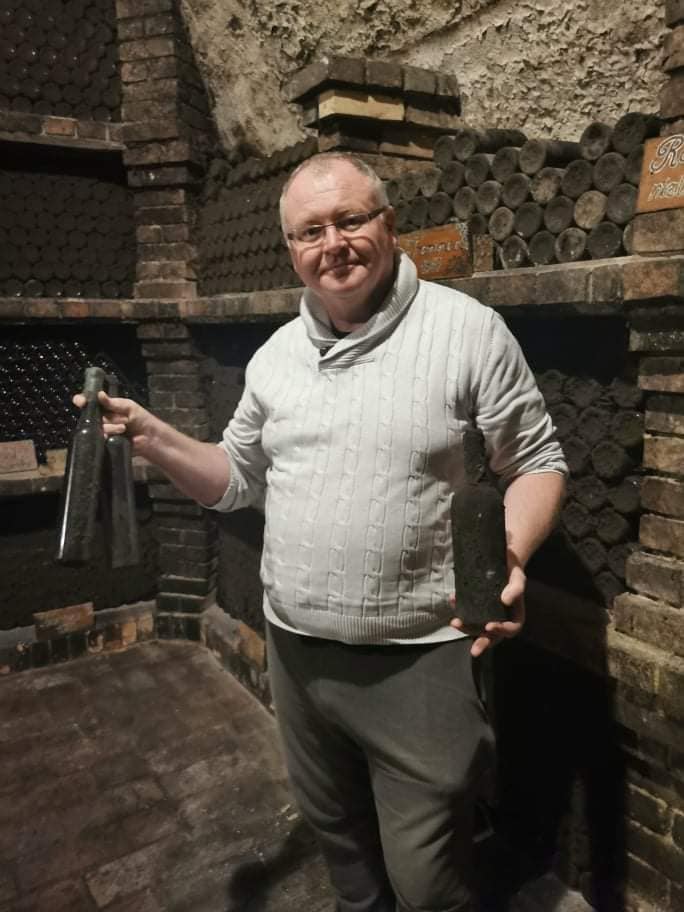
(Secrets of the East - where else can you try (or at least hold) the wines served at the Coronation of Queen Elizabeth II in 1953, and the weddings of Princes Harry and William - the fabulous Ilocki Podrum)
We produced some promo video material recently, one about Dalmatia and one about Slavonia. Both were professionally done, showcasing the beauty of the regions and their towns. A friend in Osijek watched them and complimented me on the production, but had a suggestion:
"They both show the beauty of the regions very well, but there is a difference about tourism between the regions. In Dalmatia, it is more about the beaches, the nature and the coastal towns. In Slavonia, it is much more about the people."
And I have to agree. Nowhere in Croatia have the people made such a strong impression on me - starting with those excellent waiters all those years ago - than in Slavonia. And I was not alone. Speaking to tourists and some locals who had visited, the comments all focused on the food, the vibe... and the people.
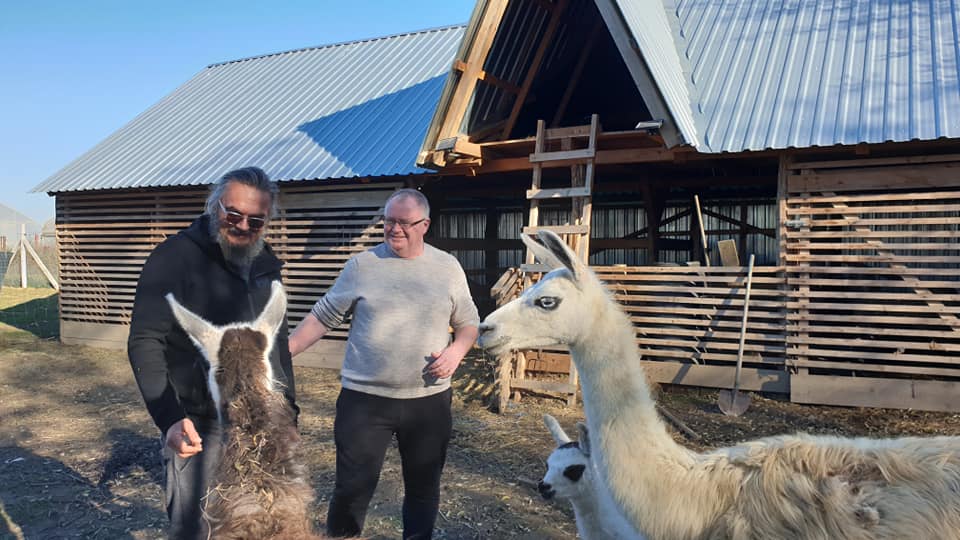
(Hanging out with the llamas and one of the Legends of Slavonia - celebrated photographer Mario Romulic at his incredible Magical Forest project)
Those people... Returning from my last trip, a thought came into my mind on the difference between tourism in Dalmatia and Slavonia, apart from the obvious things such as the sea and beaches. One key difference is that I don't think anyone comes back from Slavonia disappointed with the tourism experience, whereas the same cannot be said of Dalmatia. Dalmatia at its finest is the best place on the planet, but those spots are increasingly hard to find, with a lot of overpriced mediocrity appearing everywhere. Not so in Slavonia, where prices are insanely good, and the hospitality of the people genuine, almost without exception.
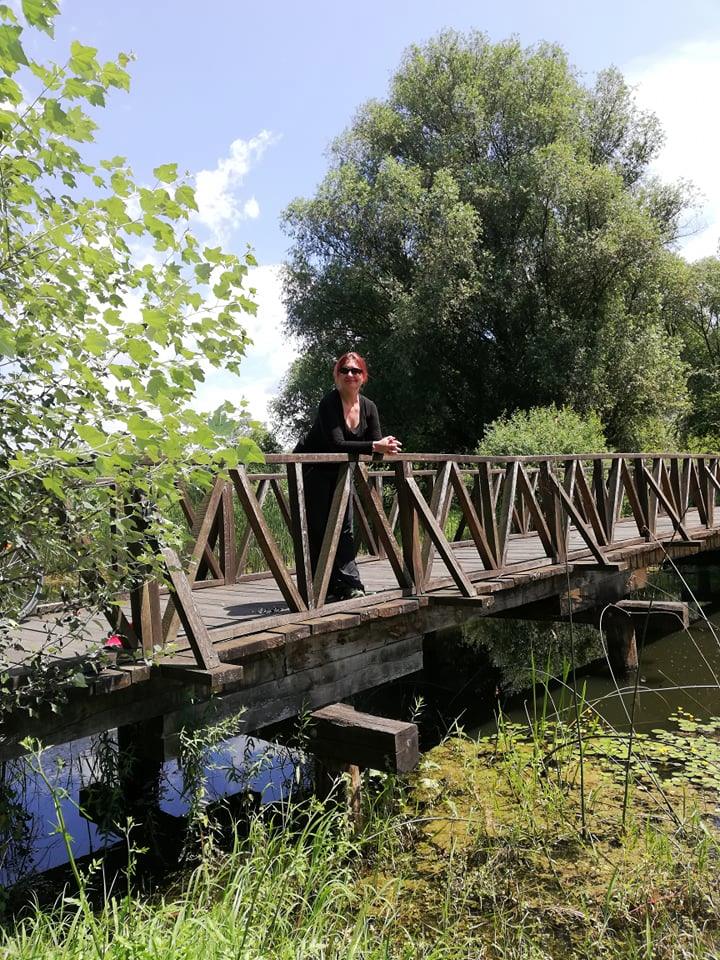
(Digital Nomad Julie Odler enjoying the wonders of eastern Croatia, her temporary home back in 2019)
I remember when I first started writing positively about Slavonia, there was a great deal of skepticism. Paul, you are always very positive about Croatia, but really how many other foreigners feel the same way as you do? But those comments stopped when I published an interview with a digital nomad living in Osijek in 2019. Julie had swapped life in Denver for Osijek, declaring it as the best place she had lived as a single female. The article was picked up by the national media and went viral - one of the few positive stories about life in the east against a tidal wave of negative stories of emigration in the national media.
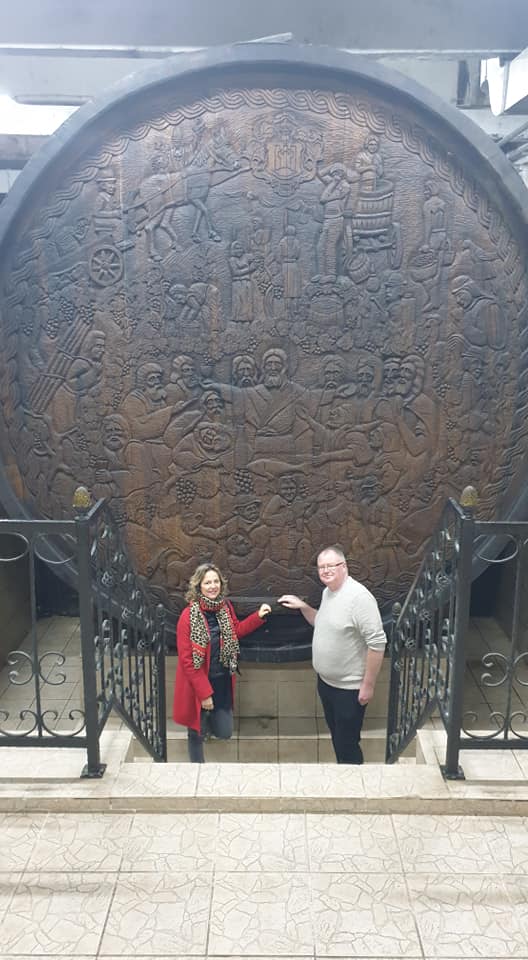
(With 75,000 litres inside, what is claimed to be the world's largest oak barrel in continuous use, in Erdut)
And every time I came back from Slavonia, I felt energised and tried to share that energy with friends here. But few understood or even believed, for Slavonia was the land of emigration and economic decline, devastated by war.
I am certainly not the only foreigner to report on that amazing energy. One of my favourite stories in tourism happened in December 2015, when a (I think) Frenchman called Pascal Tang posted a viral video about Slavonia and its people. It was hailed as one of the best promotions of Slavonia and was all over the Croatian media, with calls for the Croatian National Tourist Board to perhaps learn from this volunteer enthusiast. The tourist board responded to the criticism when the then Director of the Croatian National Tourist Board apparently happened to be in Paris where a meeting and invitation was arranged.
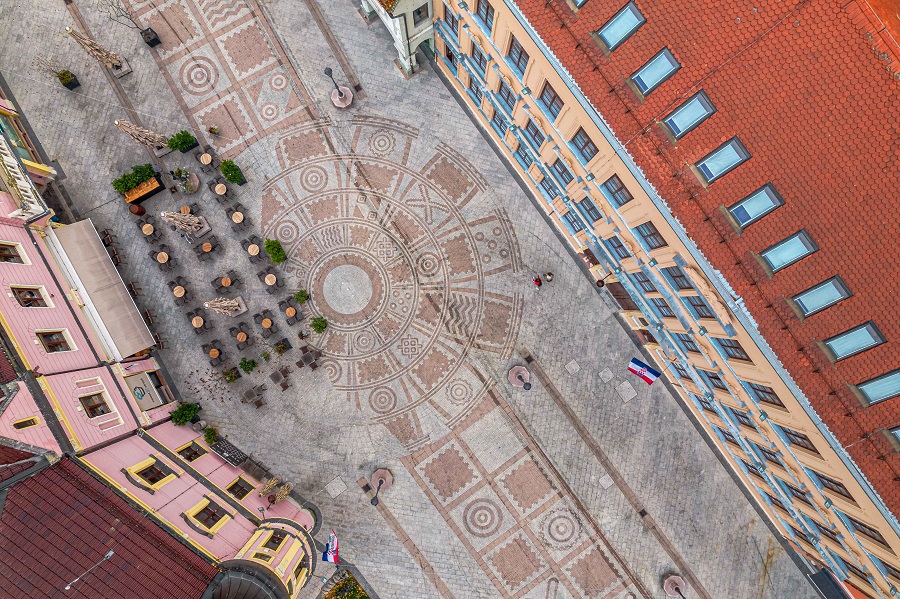
(Symbols of the world's oldest Indo-European calendar, the Orion, which was found in Vinkovci, the oldest continuously inhabit town in Europe, more than 8,300 years)
Last November, I decided to try and show just how magical Slavonia and eastern Croatia really was. Over a beer with videographer/writer Steve Tsentserensky, an Amerian digital nomad, I asked him what he knew about eastern Croatia. War, Vukovar, that's it, he replied. I asked him to give me 6 days of his time, to bring his cameras and drone, and I would show him an itinerary and part of Croatia that would blow his mind.
He agreed, and I worked with the fabulous tourist board directors of Osijek-Baranja County, Ivana Juric, and Rujana Busic Srpak of Vukovar Srjem County to put together an itinerary from Ilok to Baranja and all the magnificence in between.
It was easily the best tourism trip I have had in my 20 years in Croatia.
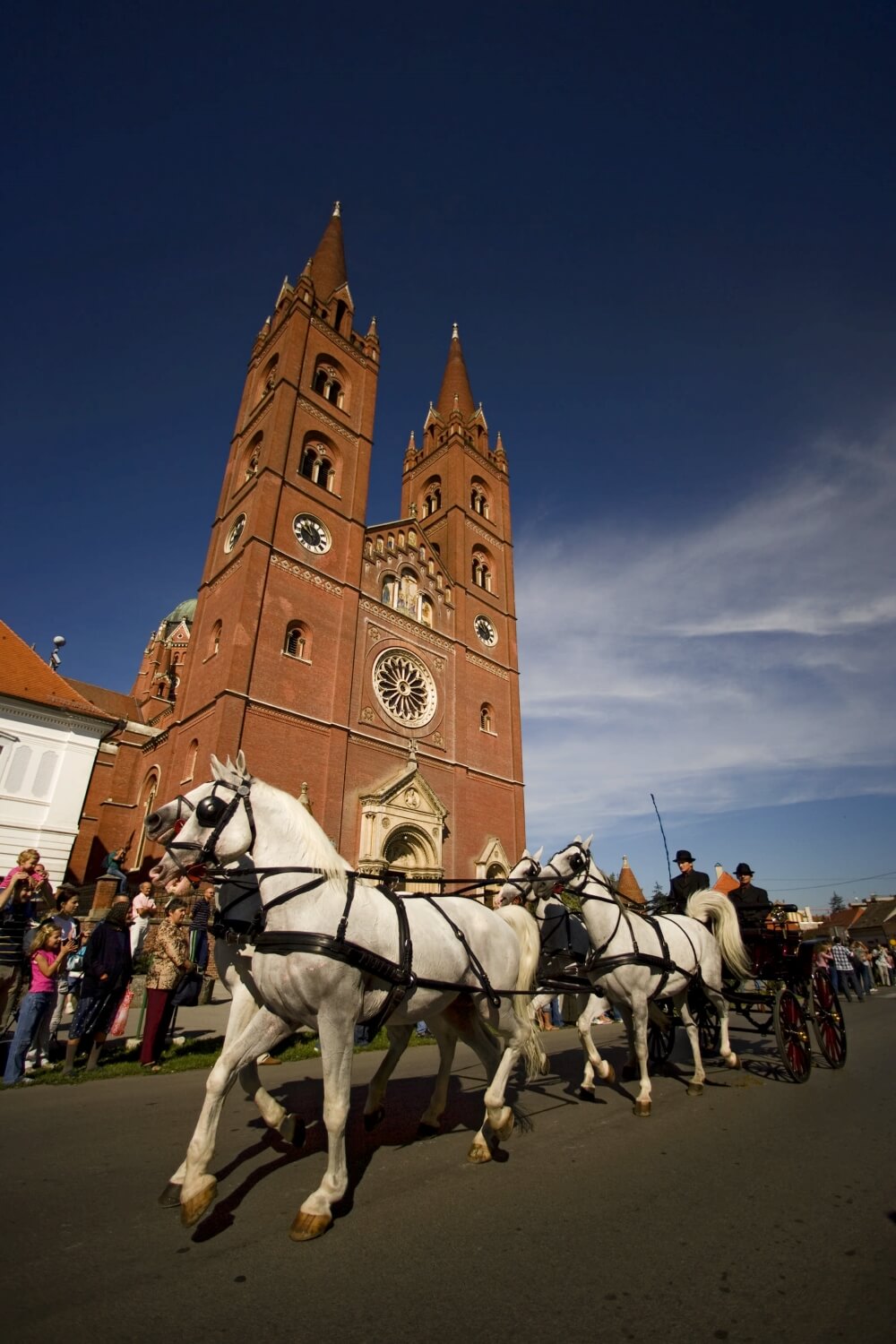
(The magnificent cathedral in Djakovo, home to the world-famous Lippizzaner horses - it is 50 years since the Queen came to inspect them)
In Slavonia and eastern Croatia.
In November.
And I posted a LOT on social media, every step of the way, with many locals commenting things like that - WOW, where is that? it is your country, dude.
Steve put together a video for us for our CROMADS projects - how many places in eastern Croatia do you recognise, above. Go on, take the test, how many can you name? If you want to learn more about this amazing region, here is the extended article I did, detailing the trip - Time to Tell the Truth about Slavonia Full of Life.
The energy in Osijek was INSANE. Nightlife in Osijek in November versus Split? Absolutely no contest.
When I got back to Zagreb, I was busy telling my friends about how amazing Slavonia was and when was the last time they visited. Osijek is just over two hours by car from Zagreb, after all, much closer than Split. I was a little taken aback at how few of my Zagreb friends had been. Hvar I could understand, as it was so far away, but Zagreb?
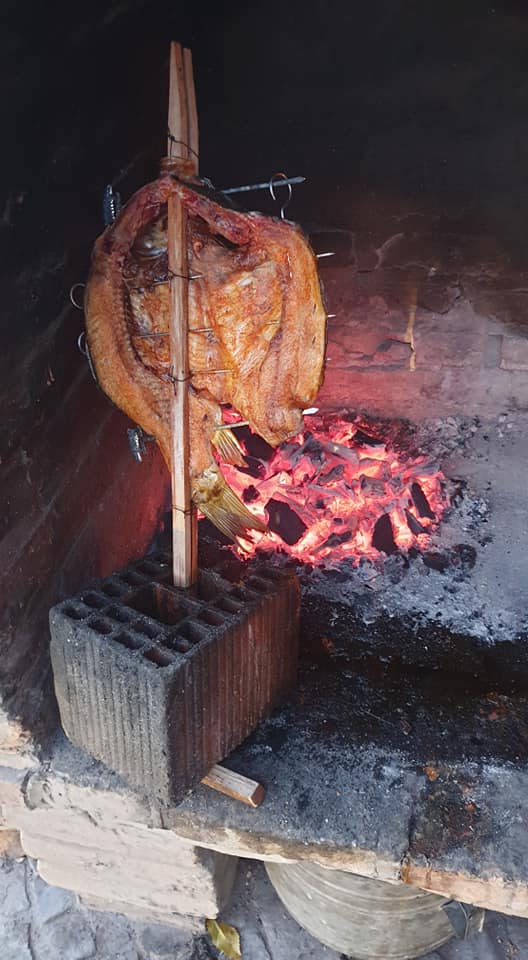
(A land where the river fish rules alongside meat, meat, meat)
I decided to post on Facebook. I never complain on social media (or should I say never whine), as there is no point, but here is what I posted.
I am genuinely and honestly shocked at how many of my Croatian friends tell me that they have never been to Slavonia. Guys, you are missing out big time. Osijek is the most fun place to be at this time of year.
Among the first responses I got was this, which attracted several likes:
It's hard to travel as a local when avg salaries are 4-6000 kunas a month ( $600-1000)
I decided to modify my post:
I am genuinely and honestly shocked at how many of my Croatian friends tell me that they have never been to Slavonia, but are among the 200,000 who go skiing abroad each year and so have money. Guys, you are missing out big time. Osijek is the most fun place to be at this time of year.
Silence.
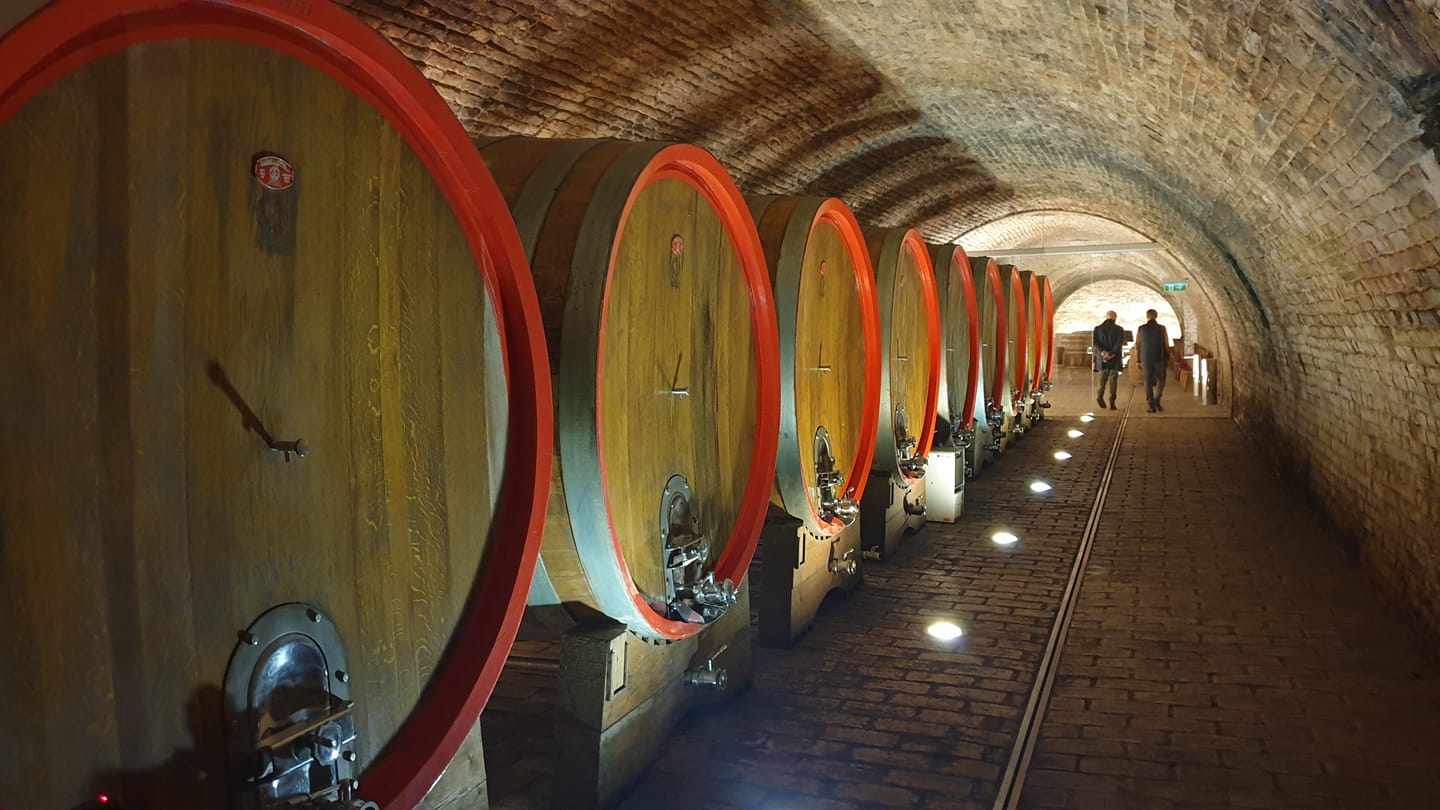
(The superb Belje cellars in Baranja)
And then things got really interesting.
An educated tour guide friend of mine from Dubrovnik was in town, and we met for a beer. The conversation turned to Slavonia (no, he had never been), and I said I would like to ask him 3 questions. I have asked these questions to 60 locals in Zagreb over the last 6 months. Only TWO have got them all right. Can you answer all three?
1. What is the main town in Baranja?
2. Can you name 3 famous buildings in eastern Croatia, NOT including the Vukovar Water Tower?
3. Can you name 3 Slavonian dishes NOT including kulen?
Fifty-eight out of 60 people I asked in Zagreb couldn't. Can you (if you are not from or connected to the east)?
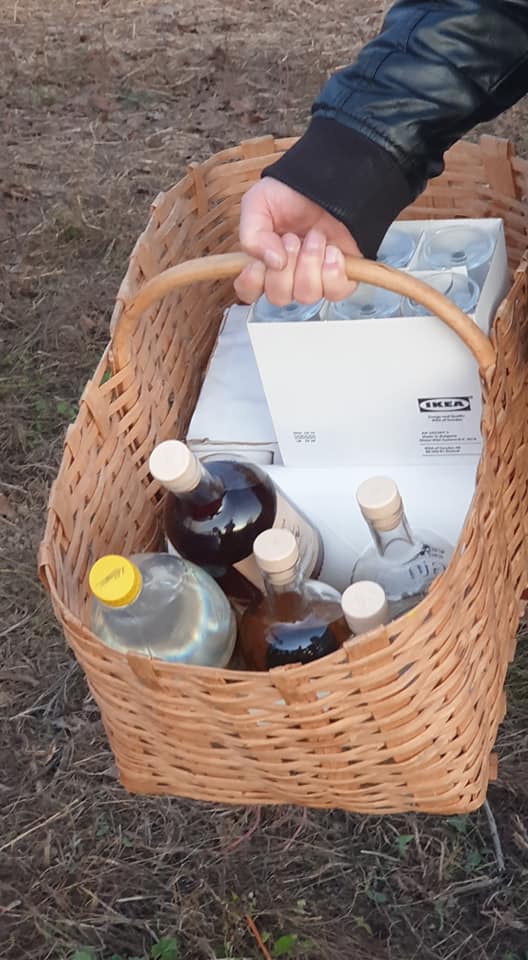
(A Slavonian picnic basket)
Although my interest in writing about tourism in Croatia is waning after all these years (let's face it, when the main strategy is to provide sun and sea and wait for tourists to come, there is little new to write about after a decade), the Slavonian tourism story has lots of untold gems. I made an appointment to see Minister of Tourism and Sports, Nikolina Brnjac, earlier this year, and she gave her enthusiastic approval for some initiatives I proposed. This included the offer of a ministerial letter of support for my Vukovar Card initiative (you can read about it in Vukovar Card: Support Local Economy Rather than Temporary Facebook Status, but I will be dedicating one article in this series entirely to Vukovar to explain it in more detail - there is a lot which needs to be said).
To the MANY Slavonians I have met over the years, I thank you for enriching my Croatian experience. Dalmatia will always be my first Croatian love, but the heart of Croatia is Slavonia.
****
What is it like to live in Croatia? An expat for 20 years, you can follow my series, 20 Ways Croatia Changed Me in 20 Years, starting at the beginning - Business and Dalmatia.
Follow Paul Bradbury on LinkedIn.
Croatia, a Survival Kit for Foreigners will be out by Christmas. If you would like to reserve a copy, email This email address is being protected from spambots. You need JavaScript enabled to view it. Subject 20 Years Book


